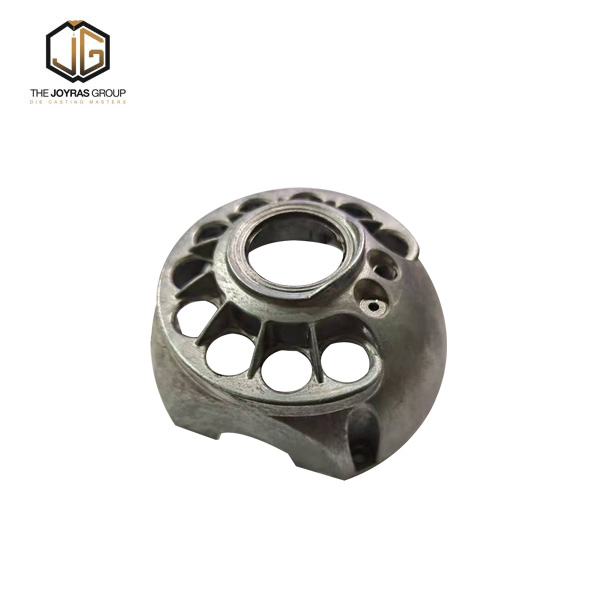Zinc Alloy Die Casting is quickly becoming one of the most popular methods of manufacturing high-quality parts in industries such as automotive, aerospace, industrial, and more. With its outstanding strength, durability, and corrosion resistance, zinc alloy die casting is rapidly replacing other methods of manufacturing low-volume, high-precision parts.
Zinc Alloy Die Casting is a manufacturing method in which a molten alloy is poured into a die cavity under high pressure. The metal quickly solidifies, taking the shape of the die. Afterwards, the die is opened and the part is removed. This allows for the creation of parts with complex shapes and sizes that would otherwise be impossible to manufacture using other manufacturing methods.
A significant advantage of zinc alloy die casting is its excellent dimensional accuracy, with tolerances as close as 0.02 mm. This is a key factor in the production of parts that require a perfect fit, such as internal engine components or medical devices. In addition, zinc alloy die castings produce parts with an excellent surface finish and can produce complex shapes with thin walls.
The automotive industry has been one of the important users of zinc alloy die castings. The process can be used to produce parts for a variety of applications, including brakes, gears, and alternators. The aerospace industry also relies on zinc alloy die castings to produce components such as fuel injectors, fire extinguishers, and oxygen systems.
Due to the abundance and ease of access to materials such as zinc, the cost of producing high-quality components through die casting remains relatively low. Zinc alloy die castings are energy-efficient due to zinc’s low melting point, making them an environmentally friendly manufacturing option. Additionally, zinc is recyclable, so it can be reused and reduce the carbon footprint of the production process.
In summary, zinc alloy die casting has proven to be a versatile and cost-effective method of manufacturing precision components. Its popularity continues to rise, with more and more industries using it to produce high-quality parts. As technology continues to advance, so will the capabilities of die castings, making it a valuable production method today and in the future.
